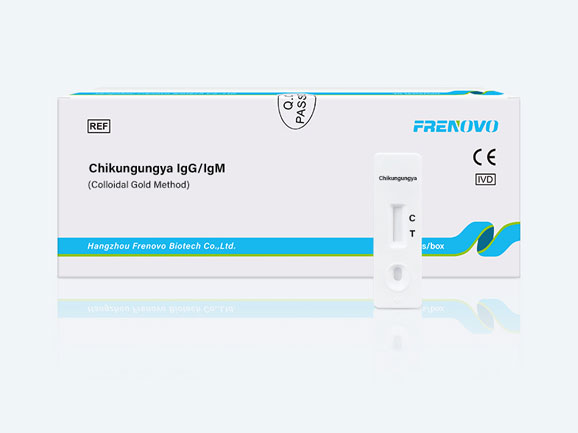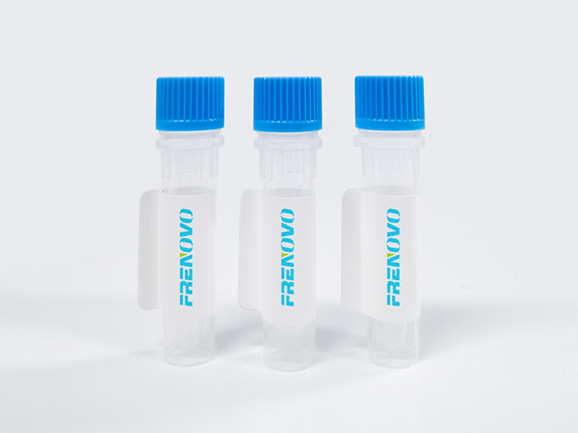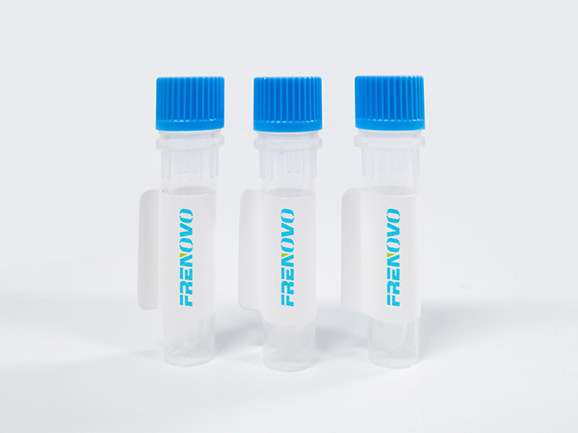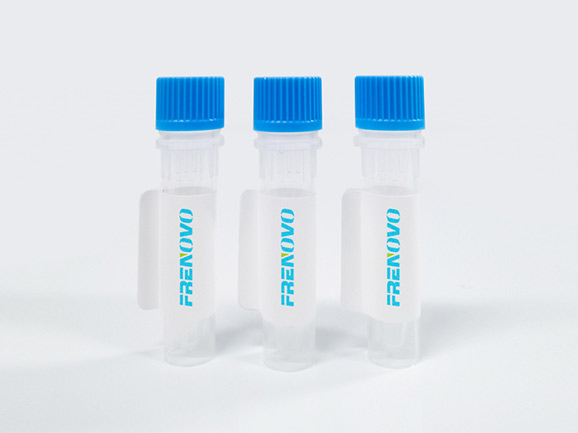In China, most in vitro diagnostic reagents are managed as medical devices, and some in vitro diagnostic reagents are managed as drugs. In vitro diagnostic reagents for blood source screening and radioactive nuclide-labeled in vitro diagnostic reagents are mainly managed as drugs, and these products are not medical devices. All marketed in vitro diagnostic reagents should be registered or filed by the food and drug administration, and obtain relevant medical device registration certificates or filing certificates.
According to the degree of product risk from low to high, in vitro diagnostic reagents are divided into the first category, the second category, and the third category products.
The first category of in vitro diagnostic reagent products mainly include:
(1) Microbial culture medium (not used for microbial identification and drug susceptibility testing);
(2) Products for sample processing, such as hemolysis reagents, diluents, staining solutions, etc.
The second category of in vitro diagnostic reagent products mainly includes:
(1) Reagents for protein detection;
(2) Reagents for sugar detection;
(3) Reagents for hormone detection;
(4) Reagents for enzyme detection;
(5) Reagents for ester detection;
(6) Reagents for vitamin detection;
(7) Reagents for the detection of inorganic ions;
(8) Reagents for the detection of drugs and drug metabolites;
(9) Reagents for autoantibody detection;
(10) Reagents for microbial identification or drug susceptibility testing;
(11) Reagents used for detection of other physiological, biochemical or immune function indicators.
The third category of in vitro diagnostic reagent products mainly includes:
(1) Reagents related to the detection of pathogenic pathogen antigens, antibodies, and nucleic acids;
(2) Reagents related to blood type and tissue matching;
(3) Reagents related to human genetic testing;
(4) Reagents related to genetic diseases;
(5) Reagents related to the detection of narcotic drugs, psychotropic drugs, and toxic drugs for medical use;
(6) Reagents related to the detection of therapeutic drug targets;
(7) Reagents related to tumor marker detection;
(8) Reagents related to allergies (allergens).
Answer: The first category of in vitro diagnostic reagents is subject to filing management, and the second and third categories of in vitro diagnostic reagents are subject to registration management.
For domestic Class I in-vitro diagnostic reagents to be filed, the filer shall submit the filing materials to the districted city-level food and drug supervision and management department.
Domestic second-class in vitro diagnostic reagents shall be reviewed by the food and drug supervision and management departments of provinces, autonomous regions, and municipalities directly under the Central Government, and a medical device registration certificate shall be issued after approval.
Domestic Class III in-vitro diagnostic reagents are reviewed by the State Food and Drug Administration, and a medical device registration certificate is issued after approval.
Imported Class I in-vitro diagnostic reagents are subject to filing management. Imported Class II and Class III in vitro diagnostic reagents need to be approved before they can be marketed.
For filing of imported Class I in-vitro diagnostic reagents, the filer submits the filing materials to the China Food and Drug Administration and obtains the filing certificate.
Imported Class II and Class III in vitro diagnostic reagents shall be reviewed by the State Food and Drug Administration, and a medical device registration certificate shall be issued upon approval.
The registration and filing of in vitro diagnostic reagents in Hong Kong, Macau and Taiwan shall be handled in accordance with imported in vitro diagnostic reagents.
There are clear naming requirements for in vitro diagnostic reagent products in China, and they cannot be named arbitrarily. The naming of in vitro diagnostic reagents should follow the following principles:
Product names can generally consist of three parts. The first part: the name of the substance to be tested; the second part: the application, such as diagnostic serum, assay kit, quality control product, etc.; the third part: the method or principle, such as enzyme-linked immunosorbent assay, colloidal gold method, etc., this part should be listed in parentheses.
If the analyte has many components or has other special circumstances, the indication name or other alternative names related to the product can be used. Class I products, calibrators, and quality controls are named according to their intended use.
The public should report and consult the food and drug regulatory authorities in a timely manner for relevant diagnostic products on the market that do not conform to the above naming principles, so as to avoid being deceived.




